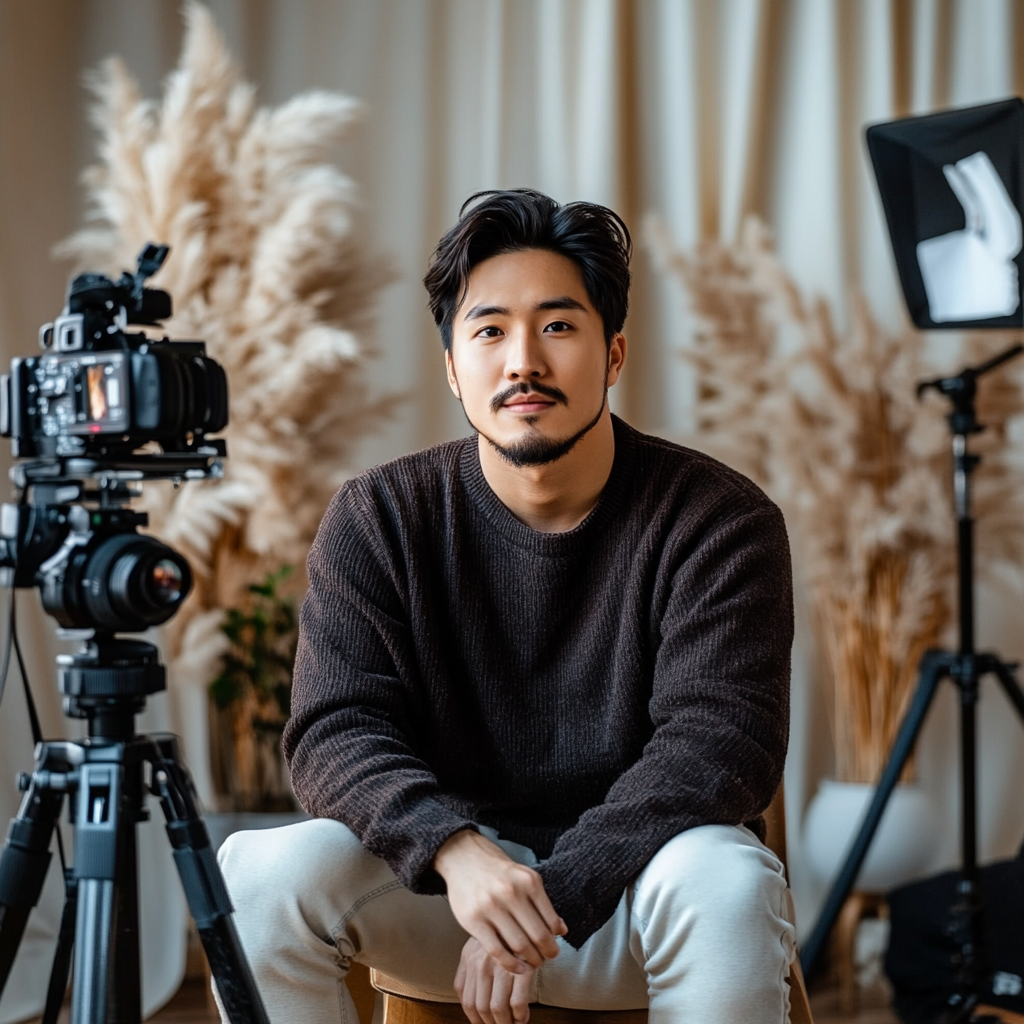
I'm Naomi, Vancouver's go-to expert in web and brand strategy, and I'm passionate about helping businesses thrive online. With years of experience and a creative approach, I'm dedicated to delivering tailored solutions that elevate your brand presence and drive meaningful results.
MORE ON NAOMI
PEEP THE INSTA
November 4, 2024
The relationship between content marketing and content strategy is a lot like cooking.
Content marketing is the entrée. It is the dish your audience actually sees and tastes.
Content strategy is the recipe. It decides what you make, why you make it, and how everything comes together.
If you are creating blogs, social posts, or email campaigns without a clear recipe, you are not doing content marketing. You are just throwing ingredients into a pan and hoping something turns out.

Content Marketing vs. Content Strategy: What’s the Difference?
Content Marketing: is what people see. It is the execution.
Think: blog posts, newsletters, social media content, landing pages, videos. The goal is to attract, educate, and move your audience toward a clear action.
Content Strategy: is what happens before anything is created.
It is the plan. your broader business goals.
It defines why you are creating content, who it is for, what topics matter, which formats you will use, and where everything will live in your ecosystem.
A simple way to remember it:
Content strategy sets the direction.
Content marketing brings that direction to life.
When strategy is missing, your content might look busy, but it will not be doing meaningful work for the business.
What Happens When You Skip Content Strategy
If you publish “whenever there is time” or “because we should post something,” you will start to see patterns like:
- Random topics that do not build on each other
- Content that attracts the wrong audience
- Pieces that get views but never lead to inquiries, demos, or sales
- Teams chasing likes and impressions instead of leads and revenue
Over a year, this is where countless hours and budgets disappear. The problem is rarely the format. It is the lack of a clear plan.
What Makes A Strong Content Strategy?
Deep Understanding Of Your Audience
Effective content does more than describe your services. It speaks to specific situations your audience recognizes in their own words.
Surface-level personas are not enough.
“Women 25 to 34 who like coffee” will not help you decide what to publish next.
Instead, you need to know:
- What is getting in the way of their goals
- What they are already searching for
- What they are unsure or skeptical about
- What they need to understand before they are ready to buy
For example, if your audience is trying to scale their business without losing quality, good content might look like:
“How to streamline client onboarding without making it feel robotic”
“Five handoffs you can automate without losing control of the work”
The more specific the problem, the stronger the connection. When people feel understood, they are more willing to listen.

Clear Goals For Every Piece
Every piece of content needs a job.
Are you trying to:
- Build awareness and trust
- Warm existing leads
- Support a launch
- Drive consultations or demos
- Help existing clients get more value
For example, if you are promoting a new service:
- A first article might define the problem and why it matters
- A follow-up case study might show how you solved that problem for a client
- A final email might invite readers to book a call or request a proposal
Without this sequence in mind, your content may be “interesting,” but it will not move people toward a decision.
Before you create anything, write down:
- Why are we making this
- Who is it for
- What is the next step we want them to take

Full-Funnel Coverage
• Awareness: Blogs, guides, and videos that educate.
• Consideration: Case studies, FAQs, and detailed comparisons.
• Decision: ROI calculators, testimonials, and how-to guides.
Imagine you’re selling an online course. At the awareness stage, your content might focus on blog posts like “10 Signs You’re Ready to Scale Your Business.”
For consideration, you could offer a free webinar or case study showing how your course helped someone else. At the decision stage, testimonials or a demo of the course platform can seal the deal.
Flexibility And Iteration
A useful content strategy is not a rigid document that gathers dust.
You review it. You test. You adapt.
If a blog post that should be performing well is not getting traction, you might:
- Try a new angle and re-release it
- Slice it into short-form content
- Turn it into a visual explainer or video
- Move it to a different place in your funnel
The strategy gives you a baseline. The data tells you where to adjust.

Marketing Without Strategy: What Happens?
A Quick Example
Imagine you publish a series on “Emerging Tech Trends.”
It looks polished. The design is strong. The writing is solid.
However:
- It does not address the current questions your buyers are actually asking
- There is no plan to promote it through email, sales, or partners
- The people who do find it are not your target decision makers
- In the analytics, it will show up as “content.”
In reality, it did not help your business move forward.
The gap is not effort. It is alignment.

How To Bring Strategy And Marketing Together
Define what the business is trying to accomplish.
- Are you trying to grow awareness, increase qualified leads, shorten the sales cycle, or improve retention
- Talk to the people closest to your customers.
- Ask sales and account managers which questions they answer repeatedly, where deals stall, and what prospects are confused about.
- Map content to the journey.
From first touch to signed contract, what does someone need to understand or believe at each stage
Assign a job to each piece.
If a blog is for awareness, say so. If an email is for re-engaging old leads, write it with that specific purpose in mind.
Measure more than surface metrics.
Views, likes, and impressions are useful, but they are not the full picture. Also track:
- Inbound inquiries influenced by content
- Sales calls where prospects reference specific pieces
- Deals that close after consuming key assets
When you see which pieces move real outcomes, you can create more of what works and let go of what does not.
The Bottom Line
Content marketing is not just about posting more.
The goal is to publish less noise and more work that actually helps your audience decide.
Strategy gives your content a clear role.
Content brings the strategy to life in a way people can see, share, and act on.
When both are aligned, your content starts to feel different.
Less random. More purposeful.
Less “we should post something.”
More “this has a job, and we know what it is.”
Content Marketing vs. Content Strategy
© GINZA DESIGN | VANCOUVER WEB DESIGN & BRANDING